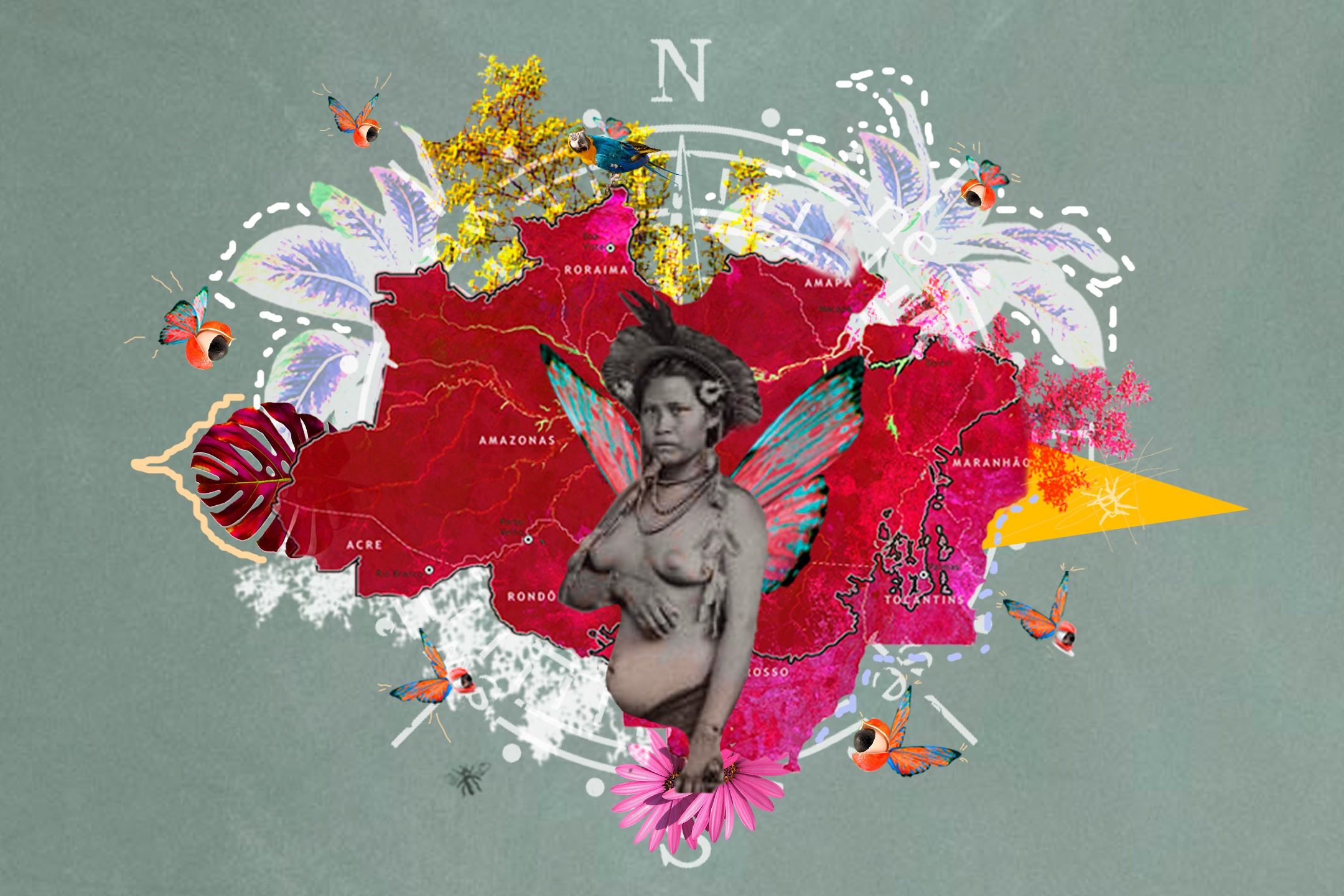

A Concertação pela Amazônia and Chatham House, in partnership with Página 22, held on October 28th the webinar
Rethinking Amazon
e
An Agenda for Amazonian Development
: a conversation about two proposals for the future of the region.
The meeting was mediated by Luana Maia, Director of Operations & Strategic Planning at the Brazilian Business Council for Sustainable Development (CEBDS) and had the participation of Roberto Waack, Chairman of the Board at Instituto Arapyaú, Ana Yang, Executive Director at Chatham House Sustainability Accelerator, Ana Toni, Executive Director at Instituto Clima e Sociedade (iCS) and Joaquim Levy, Director of Economic Strategy and Market Relations at Banco Safra.
The participants detailed the extensive consultation processes that resulted in the elaboration of the two studies, the convergences of their contents, as well as their differentials.
For Ana Yang, what was specific about the work led by Chatham House was the inclusion of international stakeholders. In the case of the Concertação, Roberto Waack highlighted the relevance of the dialogues with local representatives as well, which allowed bringing a very important social component to the document, going beyond purely technical proposals. As a result, the characterization of “four Amazonies” was reached, each with a different degree of alteration of the original environment, although recognizing that the characterization of diverse and contemporary scenarios represents a well-known concept that emphasizes the diversity of the region.
According to Ana Toni, both documents emphasize the complexity existing in the region and move towards the challenge of doing, in Brazil, something that has not been done anywhere else in the world: promoting development with the forest standing. Joaquim Levy, in turn, pointed out that with this diversity and challenge in mind, there are no pre-made solutions. The solutions are not about “exploiting the forest”, but about building a development model respecting previous experience and knowledge, and taking advantage of the existence of a great willingness for more sustainable investments by the holders of capital, whether human, physical or financial.
When questioned about the relationship between the Amazon, Brazil and the world, and the way each of the studies approaches this aspect, the speakers highlighted that COP26 will be the stage for the launch of a declaration on forests, the “Forest Deal”, which should incorporate several elements addressed in both papers: the role of indigenous people, production chains, finance, and ending deforestation.
There is consensus among the networks of both institutions that there are no magic solutions, but a large menu of necessary actions that demand local, national, and international stakeholders. What is missing is more support for science: new knowledge and new institutions will be needed, whose contours, with the necessary efficiency, can only be defined with the help of science.
It is still possible to reach the goal of containing the increase in the planet’s average temperature by 1.5°C this century, but all paths point to the need to preserve forests and work not only with national stakeholders, but also with subnational ones.
The two works also converge as to the need to go beyond studies and give concreteness to the recommendations presented, for example, with the reinforcement of investments in S&T for the Amazon, bio-economy, and digital infrastructure; and with international cooperation and financing for issues related to land title regularization, land use planning, product traceability, and forest restoration.
Check out the full webinar on Page 22’s YouTube channel.
Art: Rakel Caminha